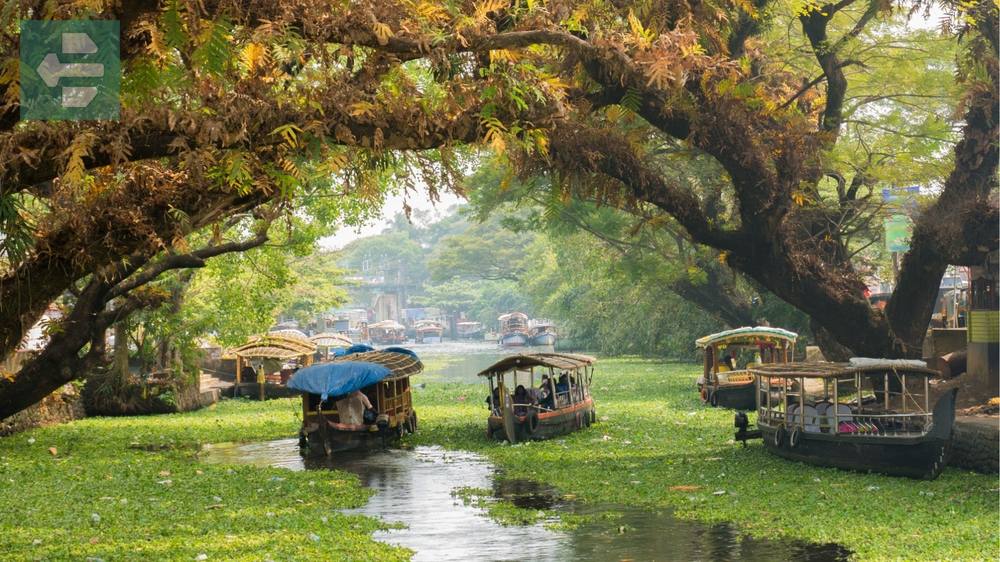India offers extraordinary diversity, from the marble perfection of Agra's Taj Mahal to Kerala's backwaters and Rajasthan's desert fortresses. The best places to visit in India include Delhi's historic monuments, Goa's beaches, Varanasi's spiritual ghats, and the mountain retreats of Manali and Darjeeling.
Keep reading as we explore India's most remarkable destinations that will transform your understanding of this incredible subcontinent.
List of Contents
- 1. Agra: Where Love Became Stone
- 2. Delhi: Three Cities in One
- 3. Kerala (Alleppey): Backwater Dreams
- 4. Varanasi: The Eternal City
- 5. Jaipur: The Pink City's Royal Heart
- 6. Goa: Where Portugal Left Its Soul
- 7. Leh-Ladakh: Moon on Earth
- 8. Udaipur: Venice of the East
- 9. Manali: Himalayan Gateway
- 10. Darjeeling: Tea and Mountains
- 11. Jaisalmer: Golden City of the Desert
- 12. Amritsar: Golden Temple and Sikh Heritage
- 13. Pondicherry: Little France in India
- 14. Coorg: Scotland of India
- 15. Ellora Caves: Rock-Cut Architecture Marvel
- Your Indian Adventure Awaits
1. Agra: Where Love Became Stone
The Taj Mahal changes color seventeen times throughout the day. At dawn, it glows pink. By noon, it blazes white. At sunset, it turns golden.

Shah Jahan built this mausoleum for his wife Mumtaz in 1653. Twenty-two years and 22,000 craftsmen later, they created what many consider the world's most beautiful building.
Visit early morning or late afternoon when the crowds thin and the light performs its daily magic on the marble inlay work.
Quick Facts:
- Peak Season: October to March
- How to Get There: Train from Delhi (2-3 hours), flights to Agra Airport
- Entrance Fee: From $15 for Taj Mahal
- Suggested Stay: 2-3 days
- Must-See: Taj Mahal, Agra Fort, Mehtab Bagh, Itmad-ud-Daulah
2. Delhi: Three Cities in One
Delhi contains three cities built on the same ground across a thousand years. Old Delhi buzzes with narrow streets and Mughal architecture. New Delhi displays British colonial grandeur. Modern Delhi reaches toward glass towers and metro lines.
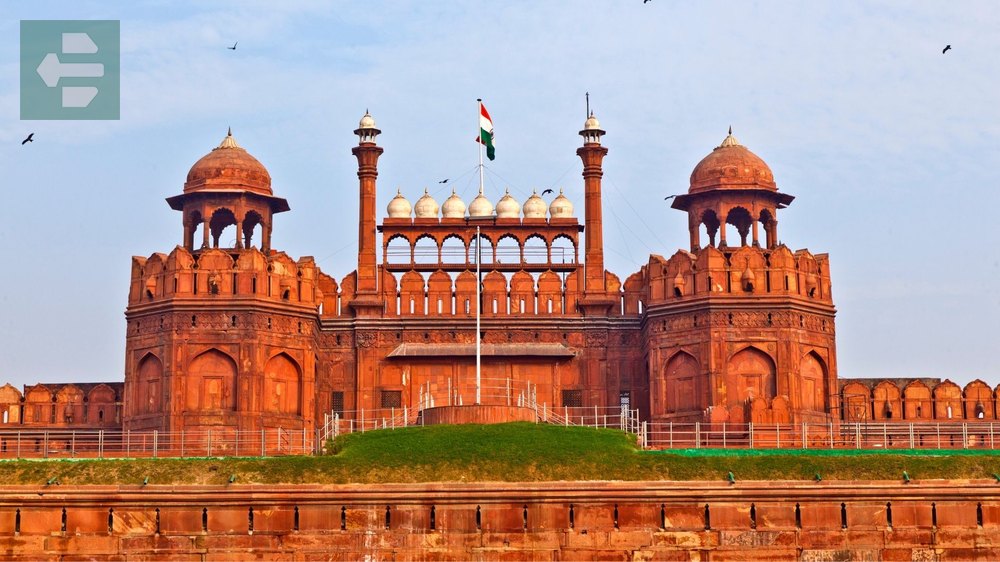
The Red Fort's walls have witnessed the rise and fall of empires. Chandni Chowk's spice markets assault your senses in the best possible way.
Take the metro. It connects every major attraction and costs less than a dollar per ride.
Quick Facts:
- Peak Season: October to March
- How to Get There: International flights, trains from major cities
- Entrance Fee: From $2 for major monuments
- Suggested Stay: 3-4 days
- Must-See: Red Fort, India Gate, Lotus Temple, Humayun's Tomb, Chandni Chowk
3. Kerala (Alleppey): Backwater Dreams
Alleppey's backwaters move like liquid glass between coconut palms and rice paddies. Houseboats drift along canals that have carried spices and stories for centuries.
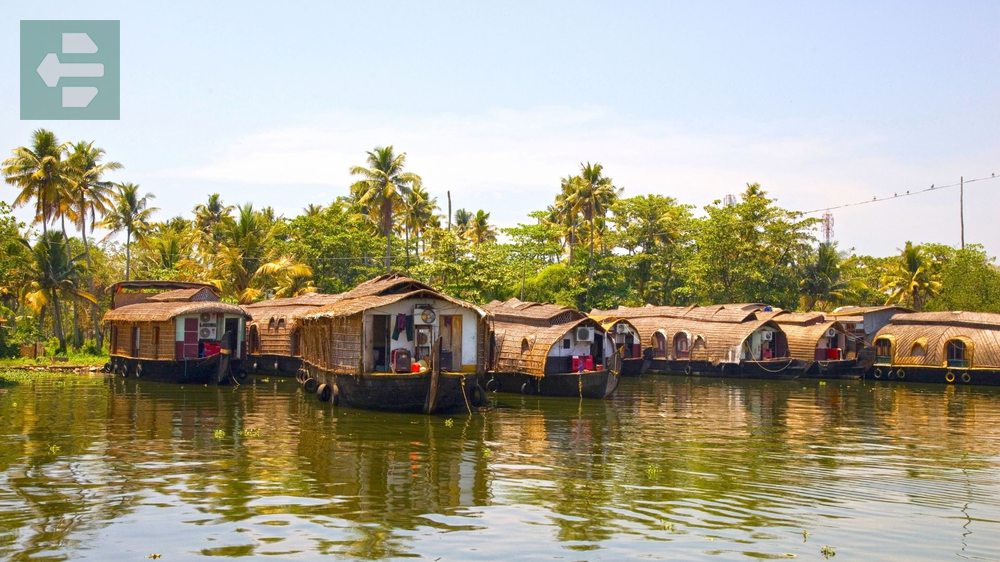
I spent a night on these waters in March, watching kingfishers dive while temple bells echoed across the lagoons. The silence between the sounds taught me why Kerala is called “God's Own Country.”
Book your houseboat through local operators in Alleppey town rather than expensive online platforms.
Quick Facts:
- Peak Season: December to February
- How to Get There: Kochi Airport (1.5 hours), train to Alappuzha
- Entrance Fee: Houseboat from $50 per night
- Suggested Stay: 2-3 days
- Must-See: Backwater cruises, Kumrakom, Vembanad Lake, spice plantations
4. Varanasi: The Eternal City
Varanasi has been continuously inhabited for 3,000 years. Pilgrims come here to die believing it guarantees liberation from the cycle of rebirth.
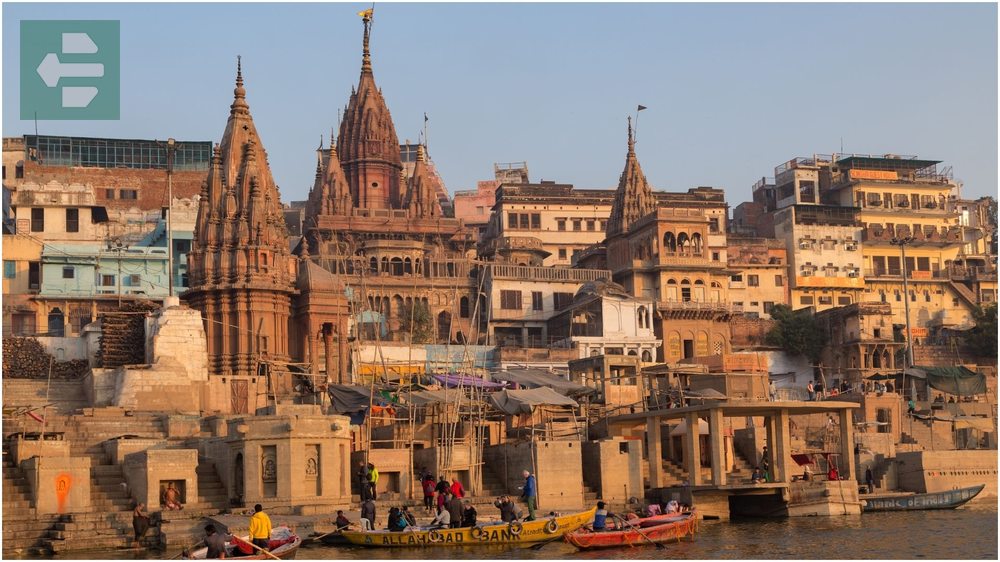
The ghats descend into the Ganges like ancient amphitheater steps. At sunrise, the river fills with bathers, priests, and prayers that rise with the mist.
Witness evening aarti from Dashashwamedh Ghat, but arrive early. The ceremony draws thousands nightly.
Quick Facts:
- Peak Season: October to March
- How to Get There: Flights, trains from major cities
- Entrance Fee: Free for ghats, temples vary
- Suggested Stay: 2-3 days
- Must-See: Dashashwamedh Ghat, Kashi Vishwanath Temple, Sarnath, morning boat rides
5. Jaipur: The Pink City's Royal Heart
Jaipur's buildings wear pink like royal robes, painted that color in 1876 to welcome Britain's Prince Albert. The Amber Fort rises from rocky hills like a mirage made solid.
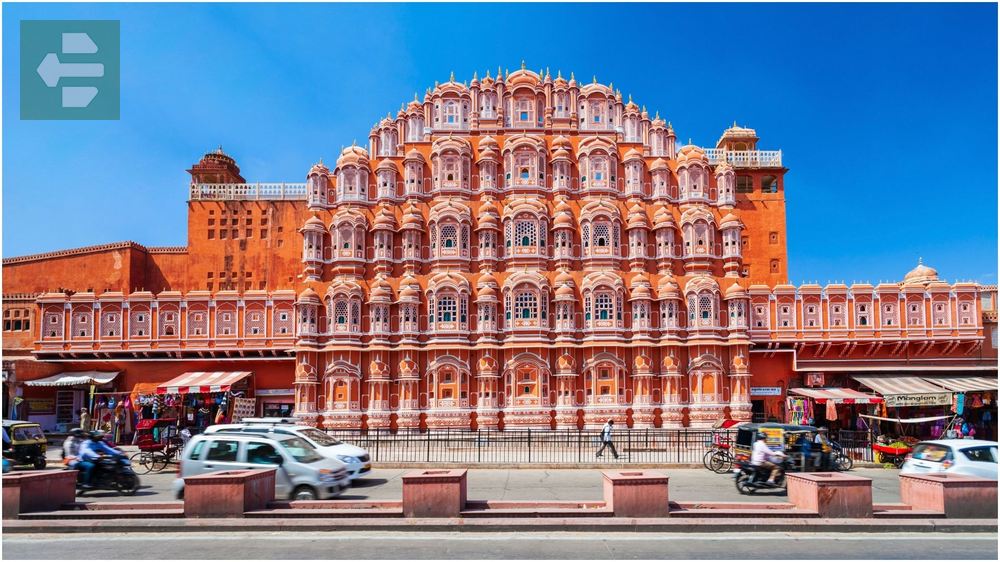
The City Palace still houses the royal family. The Hawa Mahal's 953 windows once allowed royal women to watch street festivals unseen.
Visit Amber Fort early morning and take an elephant ride up the ramparts—it's tradition, not tourism.
Quick Facts:
- Peak Season: November to February
- How to Get There: Flights, trains from Delhi (4-5 hours)
- Entrance Fee: From $3 for major attractions
- Suggested Stay: 2-3 days
- Must-See: Amber Fort, City Palace, Hawa Mahal, Jantar Mantar
6. Goa: Where Portugal Left Its Soul
Goa's beaches stretch for 60 miles along the Arabian Sea, but its real treasure lies in the blend of Indian and Portuguese cultures that survived 450 years of colonial rule.
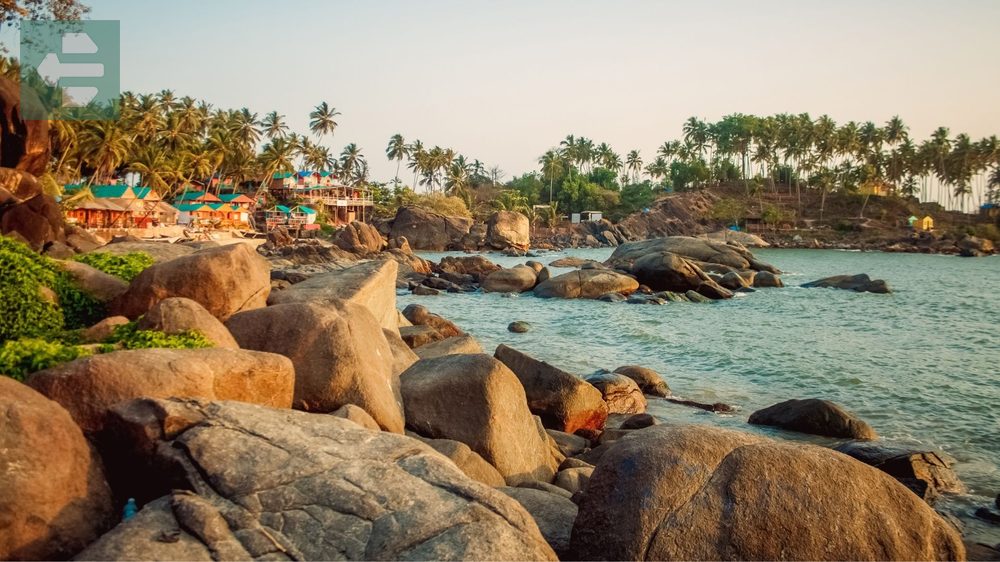
Old Goa's churches rival Rome's in grandeur. North Goa pulses with party energy. South Goa whispers with quiet coves and fishing villages.
Rent a scooter and explore inland villages where cashew feni flows and time moves differently.
Quick Facts:
- Peak Season: November to February
- How to Get There: Flights to Goa Airport, trains to Margao/Thivim
- Entrance Fee: Beaches free, churches $1-2
- Suggested Stay: 4-5 days
- Must-See: Calangute Beach, Old Goa churches, Dudhsagar Falls, spice plantations
7. Leh-Ladakh: Moon on Earth
Ladakh sits at 11,500 feet where the air thins and mountains scrape the sky. This high-altitude desert resembles Mars more than Earth, painted in impossible shades of brown, purple, and gold.
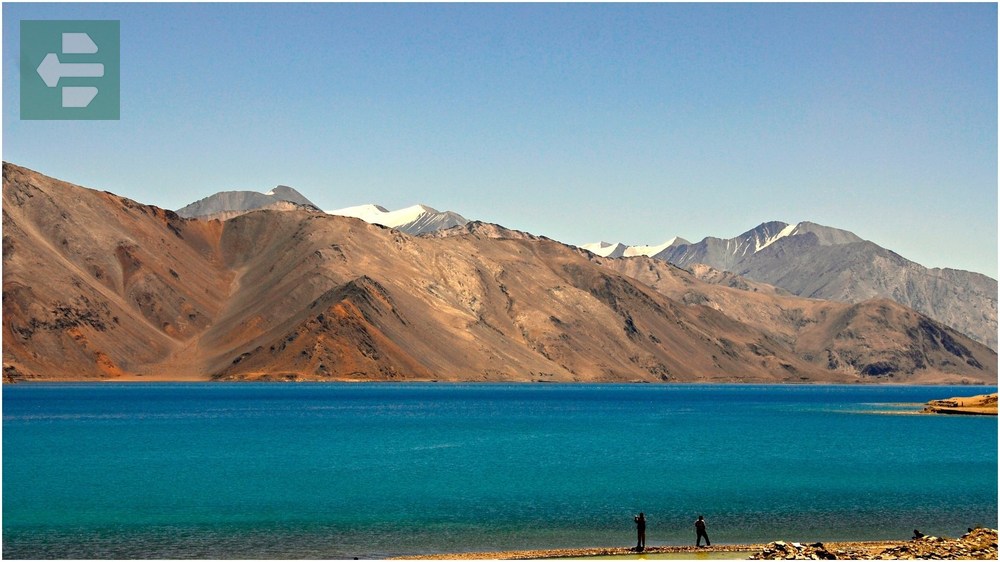
The road from Manali to Leh crosses five mountain passes above 15,000 feet. Monasteries cling to clifftops like eagles' nests.
Spend two days acclimatizing in Leh before exploring. Altitude sickness is real and dangerous here.
Quick Facts:
- Peak Season: June to September
- How to Get There: Flights to Leh, road from Manali/Srinagar (seasonal)
- Entrance Fee: Various for monasteries
- Suggested Stay: 5-7 days
- Must-See: Pangong Lake, Nubra Valley, Hemis Monastery, Magnetic Hill
8. Udaipur: Venice of the East
Udaipur floats on lakes surrounded by Aravalli Hills. The City Palace cascades down to Lake Pichola in terraces of marble and mirrors.
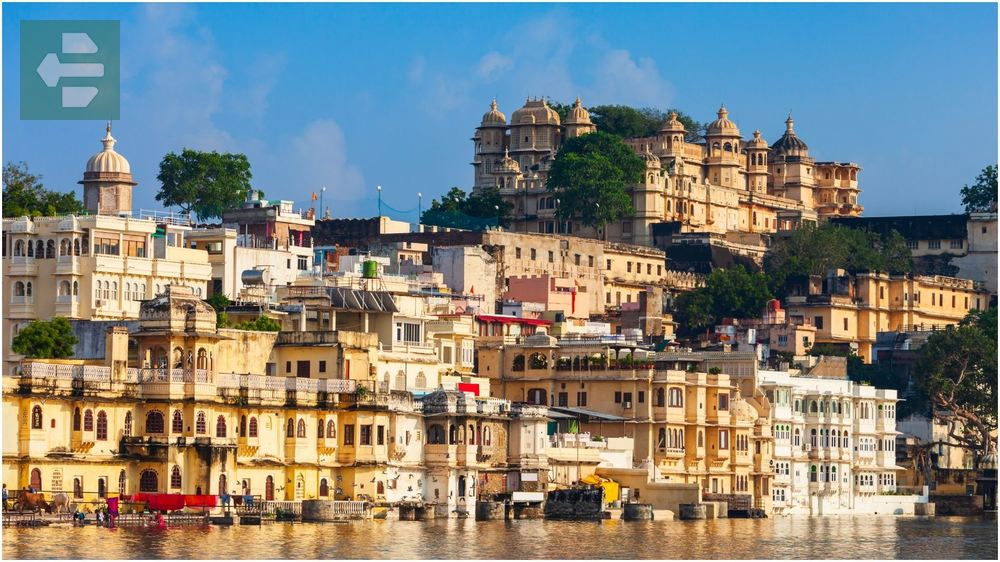
Sunset boat rides reveal the Lake Palace appearing to float on water like a marble dream. The city's romance inspired countless Bollywood films.
Stay in the old city near the palace complex and walk everywhere—Udaipur's magic works best on foot.
Quick Facts:
- Peak Season: October to March
- How to Get There: Flights, trains from major cities
- Entrance Fee: From $5 for City Palace
- Suggested Stay: 2-3 days
- Must-See: City Palace, Lake Pichola, Jagdish Temple, Saheliyon-ki-Bari
9. Manali: Himalayan Gateway
Manali sits in the Beas River valley surrounded by snow-capped peaks and deodar forests. Adventure seekers use it as base camp for trekking, paragliding, and river rafting.
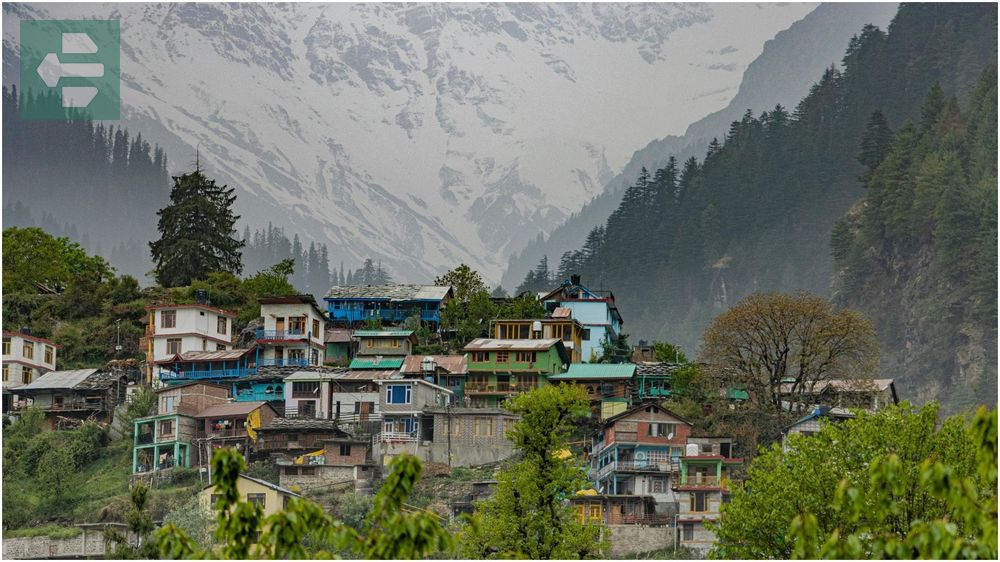
The town splits between commercial Mall Road and peaceful Old Manali where Israeli flags flutter from café rooftops—a legacy of backpacker culture.
Visit Solang Valley early morning when mountain views are clearest and tourist crowds smallest.
Quick Facts:
- Peak Season: March to June, December to February
- How to Get There: Flights to Kullu Airport, buses from Delhi
- Entrance Fee: Free for most attractions
- Suggested Stay: 3-4 days
- Must-See: Solang Valley, Rohtang Pass, Hadimba Temple, Old Manali
10. Darjeeling: Tea and Mountains
Darjeeling clings to Himalayan slopes at 7,000 feet where tea gardens cascade down mountainsides in geometric perfection. On clear mornings, Kanchenjunga's summit glows pink in the distance.
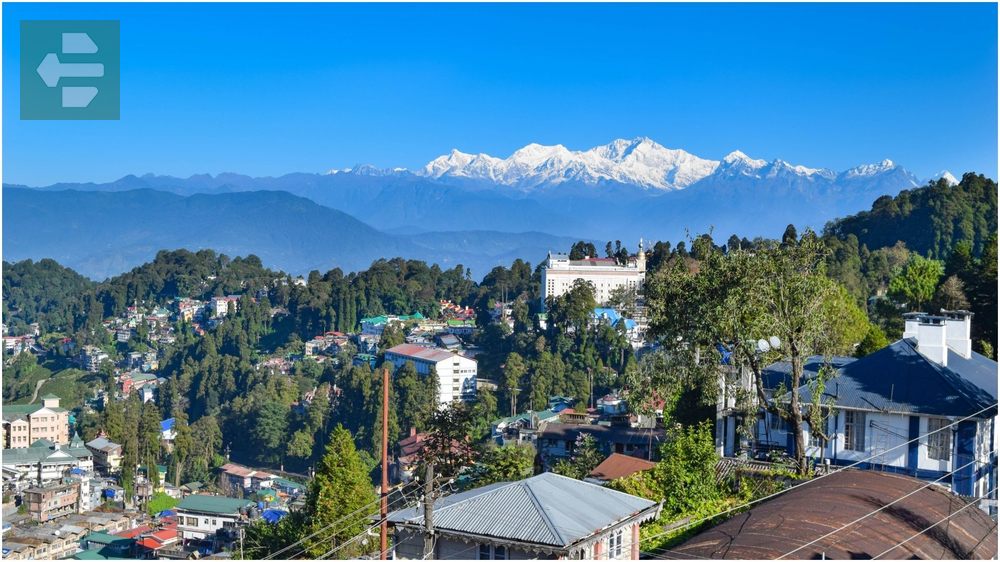
The narrow-gauge railway climbs through hairpin curves and British-era stations, earning its nickname “Toy Train.”
Wake before sunrise at Tiger Hill for Everest views—if clouds cooperate, you'll see five of the world's tallest peaks in one panorama.
Quick Facts:
- Peak Season: March to May, September to December
- How to Get There: Flights to Bagdogra, then 3-hour drive
- Entrance Fee: Toy Train from $15
- Suggested Stay: 3-4 days
- Must-See: Tiger Hill, tea gardens, Toy Train, Peace Pagoda
11. Jaisalmer: Golden City of the Desert
Jaisalmer rises from Thar Desert sands like a golden mirage. Yellow sandstone walls and buildings glow amber at sunrise and sunset, earning its “Golden City” nickname.
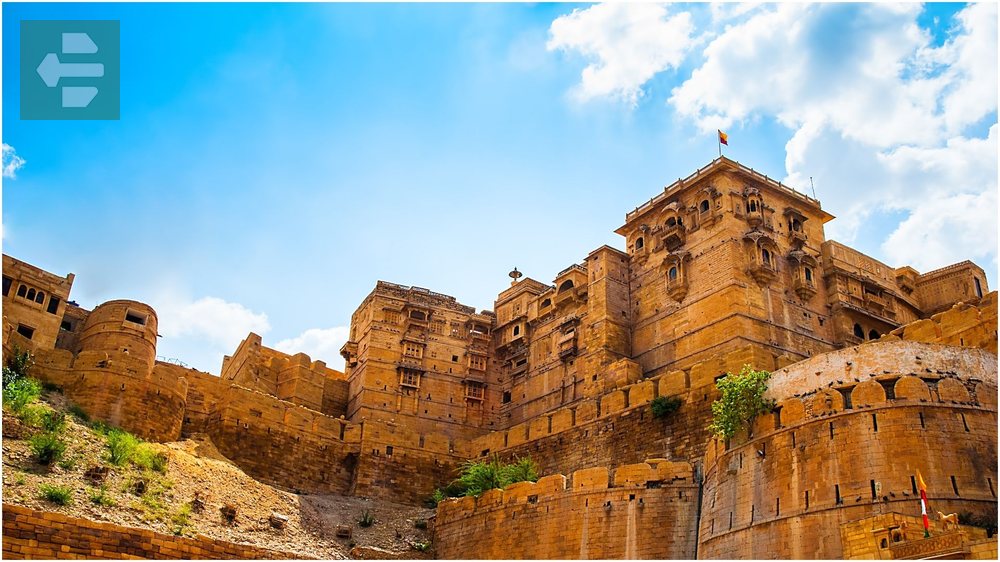
The fort remains fully inhabited with families who have lived within its walls for generations. Narrow lanes wind past carved havelis and hidden temples.
Book desert camps outside the city for camel safaris and night skies unpolluted by city lights.
Quick Facts:
- Peak Season: November to February
- How to Get There: Flights to Jodhpur (3 hours away), direct trains
- Entrance Fee: Fort entry free, haveli tours from $2
- Suggested Stay: 2-3 days
- Must-See: Jaisalmer Fort, Patwon Ki Haveli, Sam Sand Dunes, desert safari
12. Amritsar: Golden Temple and Sikh Heritage
Amritsar's Golden Temple floats on its sacred pool like a golden lotus. The complex feeds 100,000 people daily regardless of religion, caste, or nationality—embodying Sikhism's principles of equality and service.

The temple's gold plating catches light and reflections, creating an otherworldly glow day and night. The morning prayer ceremony at 4 AM moves even non-believers.
Remove shoes and cover your head before entering the complex. Free meals are served 24 hours daily in the community kitchen.
Quick Facts:
- Peak Season: October to March
- How to Get There: Flights, trains from major cities
- Entrance Fee: Free
- Suggested Stay: 2 days
- Must-See: Golden Temple, Jallianwala Bagh, Wagah Border ceremony
13. Pondicherry: Little France in India
Pondicherry preserves French colonial charm in yellow buildings with blue shutters, tree-lined boulevards, and cafés serving croissants alongside South Indian filter coffee.

The French Quarter's quiet streets contrast with the Tamil Quarter's bustling markets. Auroville's experimental township attracts spiritual seekers from worldwide.
Rent a bicycle and explore the French Quarter's grid layout—it's designed for easy navigation.
Quick Facts:
- Peak Season: November to February
- How to Get There: Chennai Airport (3 hours), direct trains
- Entrance Fee: Most attractions free
- Suggested Stay: 2-3 days
- Must-See: French Quarter, Auroville, Paradise Beach, Sri Aurobindo Ashram
14. Coorg: Scotland of India
Coorg's rolling hills carpeted with coffee plantations and spice gardens earned it the nickname “Scotland of India.” Morning mist clings to valleys while streams cascade down rocky slopes.
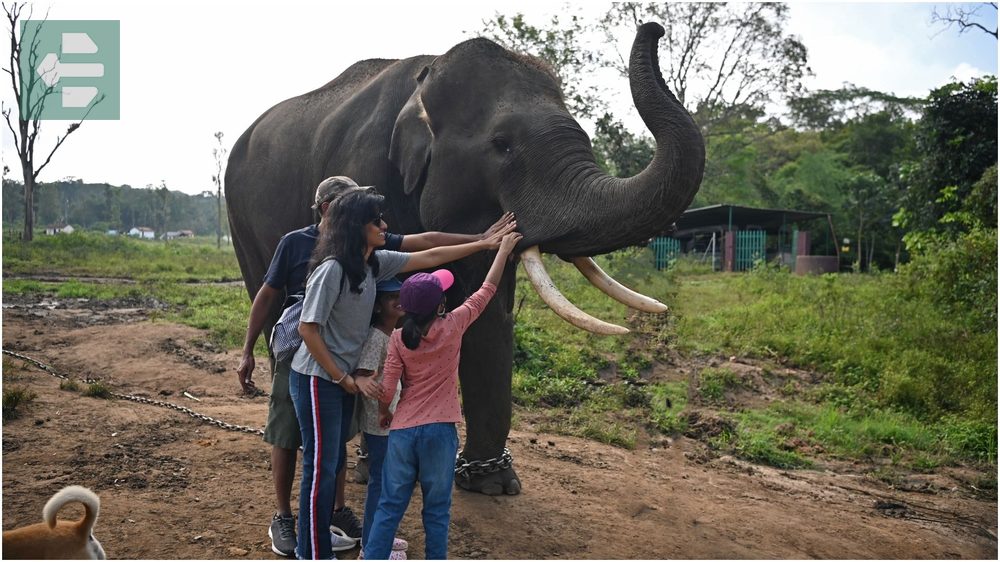
Kodagu culture blends warrior traditions with hospitality. Home stays offer authentic experiences in traditional houses surrounded by coffee estates.
Trek to Abbey Falls early morning when water flow is strongest and tourist crowds lightest.
Quick Facts:
- Peak Season: October to February
- How to Get There: Mangalore Airport (2.5 hours), buses from Bangalore
- Entrance Fee: Falls entry around $1
- Suggested Stay: 2-3 days
- Must-See: Abbey Falls, coffee plantations, Dubare Elephant Camp, Raja's Seat
15. Ellora Caves: Rock-Cut Architecture Marvel
Ellora's 34 caves carved from solid rock between the 6th and 10th centuries represent humanity's most ambitious architectural project. Hindu, Buddhist, and Jain temples coexist in a UNESCO World Heritage masterpiece.

Cave 16's Kailash Temple was carved top-down from a single rock, removing 200,000 tons of stone to create this architectural wonder.
Visit during winter months when temperatures allow comfortable exploration of all cave complexes.
Quick Facts:
- Peak Season: November to February
- How to Get There: Aurangabad Airport (30 minutes), trains to Aurangabad
- Entrance Fee: From $5 for Indian nationals, $25 for foreigners
- Suggested Stay: Full day trip from Aurangabad
- Must-See: Kailash Temple (Cave 16), Buddhist caves 1-12, Jain caves 30-34
Your Indian Adventure Awaits
India rewards the curious traveler with experiences that linger long after passport stamps fade. Each destination offers different pieces of the subcontinent's vast puzzle.
Pack light clothes for the heat. Bring patience for the crowds. Carry an open mind for the unexpected.
Your journey through India begins with a single step onto streets that have welcomed travelers for thousands of years. The country that gave the world yoga, zero, and chess now offers you memories that will reshape how you see the world.
Start planning. Your Indian story is waiting to be written.
